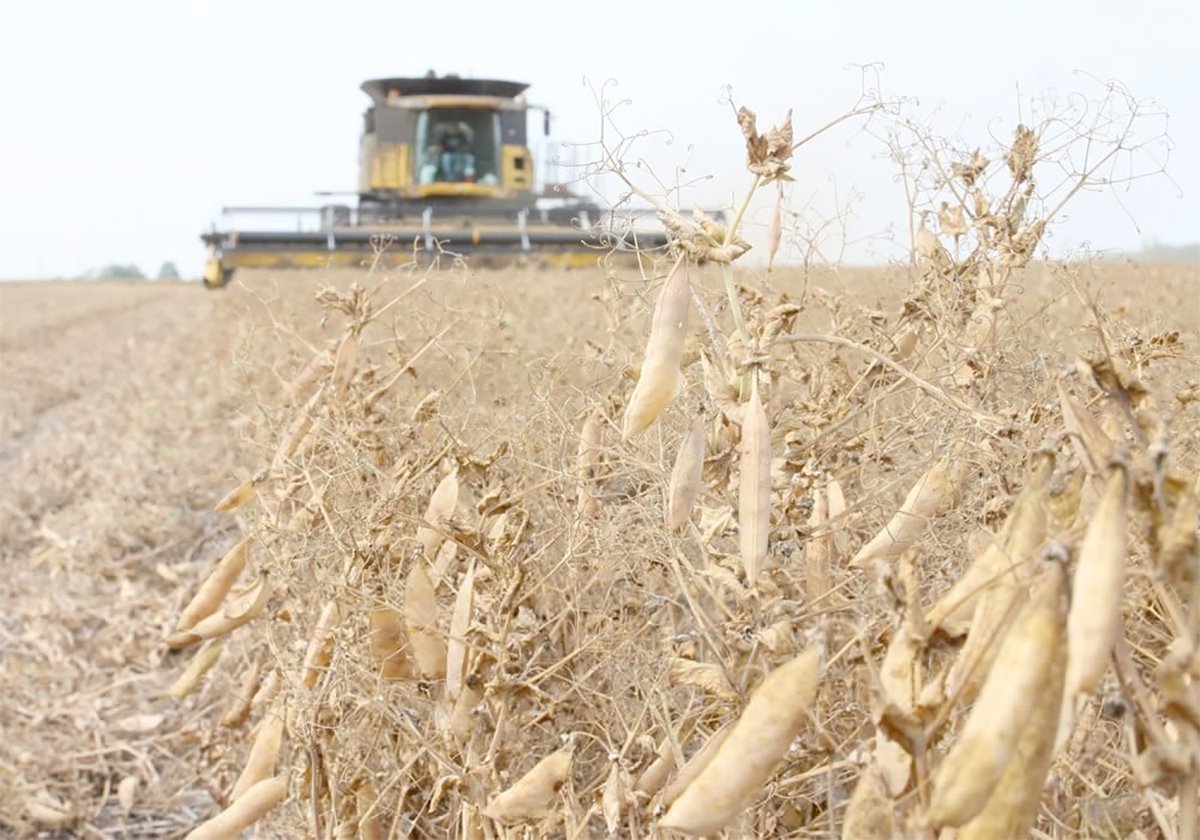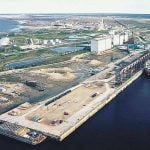Survival of the fittest | Farmers who invested well, will be able to buy land, technology
The prairie agricultural economy might be down-shifting into a break-even environment, but that doesn’t mean everything will be quiet, says a leading farming futurist.
When profits in farming become increasingly difficult to achieve, those with the sharpest management should shine.
“It’s going to be an interesting few years,” said Rob Saik, the founder of Agri-Trend.
“The guys that have managed their balance sheets well will (use) the advantage of this to expand.”
Saik said some have used the profits of recent years to invest in new technologies, better equipment and expanded land base offering economies of scale that fit their equipment and technology.
Read Also

Chinese, Indian tariffs take toll on pea prices
The disruption of pea exports from Canada’s largest customers will likely result in slow pea exports for the remainder of the crop year.
Others haven’t used their profits well. Also, a generation of older farmers has hung onto land while rents were good and land values high.
The return to low prices and worse returns for the average farmer will encourage some to hunker down for survival.
However, the best and worst situated farmers will probably take a lot of action, some by choice and some because there is no choice.
Saik said a shake-out will probably see low-tech grain farmers leave the business while those using new technologies will expand and eventually thrive.
“There’s no doubt that there are economies of scale and efficiencies happening for the guys who are adopting and figuring out how to integrate technology into their farms.”
Variable rate fertilizer application might already divide those who will make money and those who will lose money at today’s lower grain prices.
He said variable rate application can reduce fertilizer costs to $60 to $120 per acre from $100 to $150, and that difference could be all the margin the farm will produce.
The results can be dramatic when combined with other variable rate approaches.
“The net result is dropping between $30 and $55 an acre (on average of the farms he has analyzed) to the farmer’s bottom line,” said Saik.
“That $30 to $55 may not have sounded like a lot when commodity prices were really good, but if that $30 an acre holds when commodity prices are low, that’s a deal changer for the farmers who have adopted the technology. That’s going to let them go around and buy up the farms of the guys who aren’t adopting the technology.”
They’ll be able to buy land from struggling farmers and the thousands of aging farmers who have hung onto land through the good years, but might soon decide to sell now that rents will be harder to raise and land prices less likely to rise.
“I think the guys that have been reluctant to make the deal, shake the hand, say ‘it’s sold,’ now will sell,” said Saik.
“Some of the farms that have a very strong complement of equipment … there’s going to be an opportunity for them to expand their operations.”
Variable rate fertilizer application is just the beginning of what Saik calls “VRE,” or variable rate everything. Farmers will either be on board or watch the technology train pass them by.
“I think that gap is growing.”















